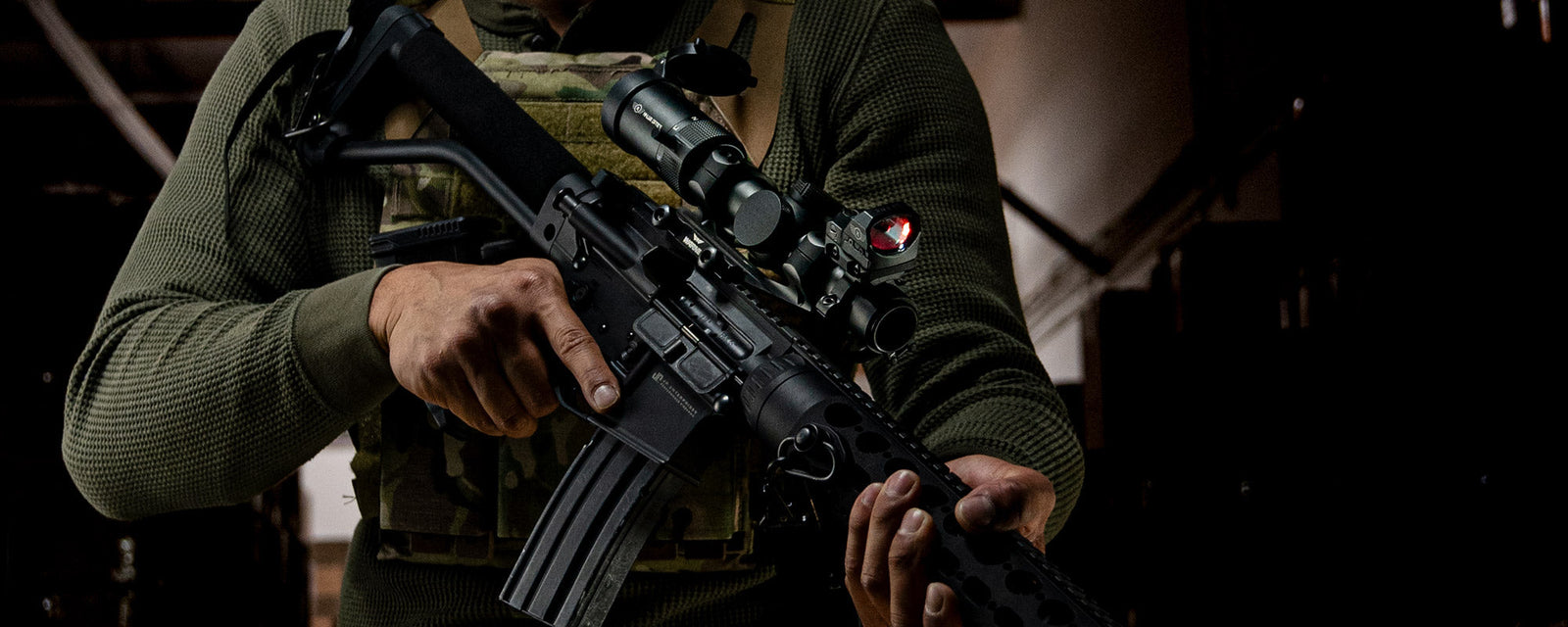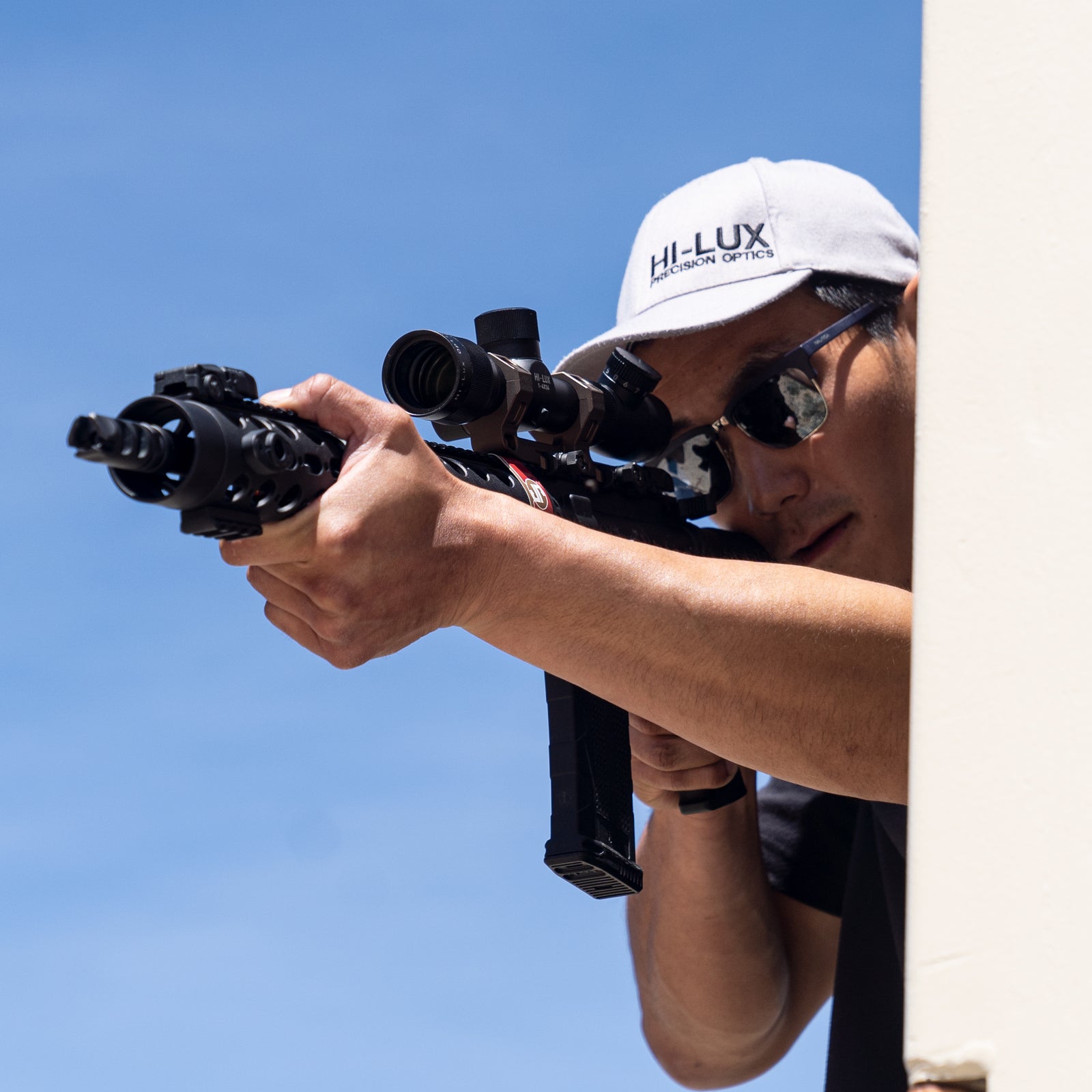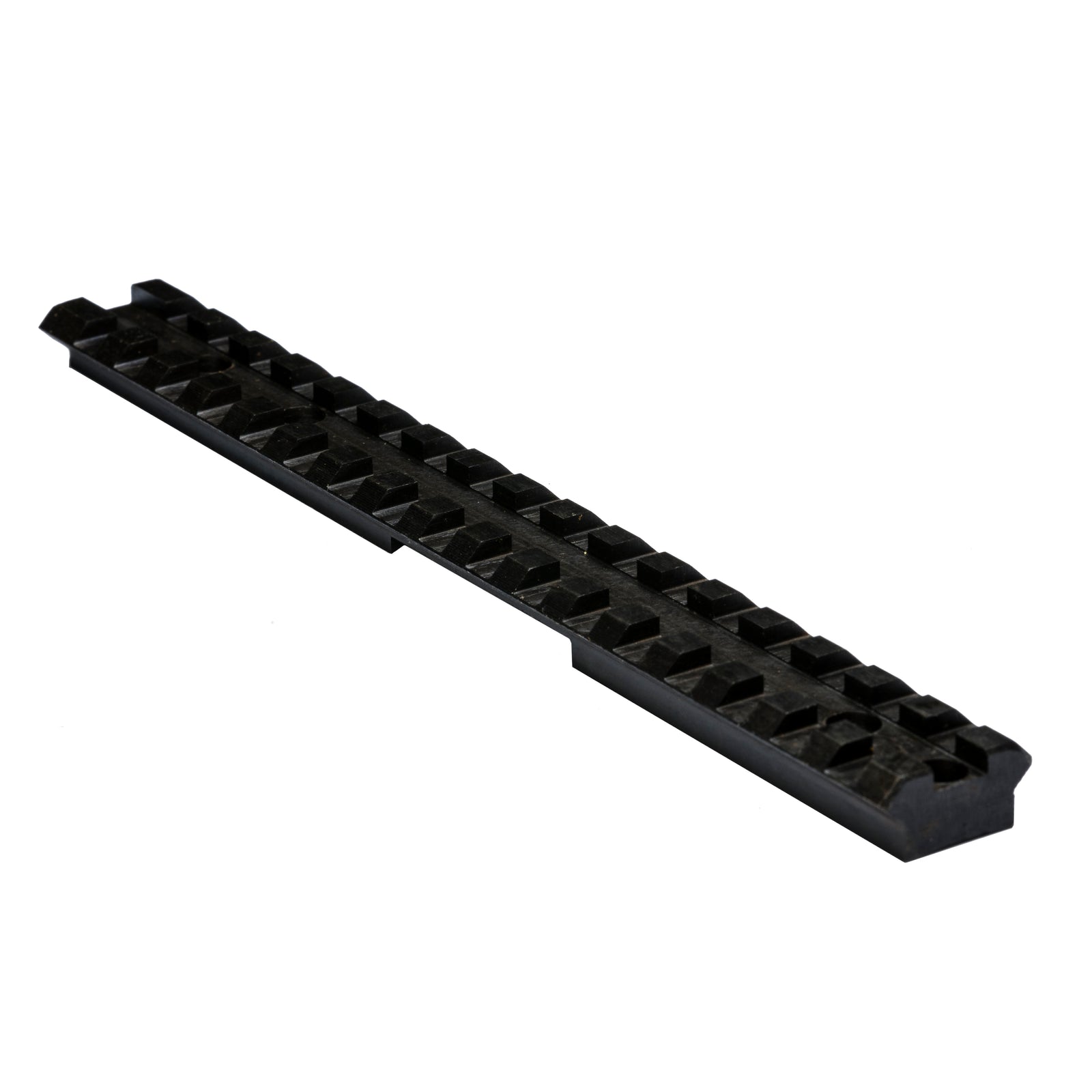When you hear the word chronograph, what do you picture? Do you see a watch, hung on a chain in someone’s pocket? I do too. But for the purposes of this story, we’d both be wrong.
I’m here to talk about the kind of chronograph used to judge bullet velocity.
Still, for the purposes of this story, time, distance, and velocity are all important… so we’re also going to talk about telling time too. But not with watches.
The year is 1742. The setting is the publication “New Principles of Gunnery.” The author is one Benjamin Robins. It seems that Benjamin had devised a physically simple and mathematically complex way to judge the velocity of a bullet - using a pendulum. In fact, the device was even called a ballistic pendulum. Stopwatches wouldn’t be invented for another 33 years, so the word chronograph still wasn’t in common use.

Instead of looking at time, we’re going to have to look at physics to understand how this pendulum worked.
If you’ve shot a firearm, you know that recoil exists. As the bullet travels forward, the rifle travels backward in equal measure. If that bullet were to then hit a mobile object, it might make that object move. In the case of Benjamin’s pendulum, the object was a highly calibrated hunk of metal. When the bullet hit the pendulum, the pendulum would do what it does best - it would swing.If you know the weight of the pendulum and can see how far it goes, you can get an idea of the bullet’s momentum. If you also know the bullet’s weight, you can work backwards to figure out the bullet’s velocity at the time of impact. Momentum is mass times velocity, and Benjamin knew this very well.

The truly interesting side of the ballistic pendulum was that it could be shot from farther and farther away, up to the accurate limit of the firearm. This would give you an idea of the bullet’s velocity farther down range.
The truly unfortunate side of the pendulum was that you’d be putting hot lead into your testing equipment. The early pendulums were made of iron faced in wood. The bullet would lodge in the wood, absorbing the full momentum. Of course, now you’ve got to fix your pendulum before you take another shot. On top of that, quite literally, the apparatus for hanging the pendulum was also a heavy metal structure. It just wasn’t that easy to work with.
The ballistic pendulum was used to test anything from 1 ounce musket balls up to 3-pound cannon shot. You could also mount the firearm to the pendulum and measure the recoil. I’d imagine the first recoil test of a cannon ended pretty darn quickly. Picture an iron pendulum with a cannon attached to it recoiling back with full force, freely able to swing as it pleased. No thank you.
14 years after Benjamin’s death, we’re now in 1765 and looking at a different publication. Alessandro Vittorio Papacino d’Antoni published the Esame Della Polvere. I don’t speak Italian, but Google Translate tells me it means ‘dust examination’... which I can only assume means powder.
Rather than the weighty ballistic pendulum, Alessandro was working with a spinning wooden wheel. The wheel was horizontal, like a tire laying flat. Along the rim of the wheel and sticking up vertically was a rim of paper. He would fire a shot across the diameter of the wheel, puncturing the paper on two sides.
If the wheel were not spinning, both holes should line up in a perfectly straight line, 180 degrees apart from each other. However, since the wheel is spinning, the second hole is a little bit off from a perfect line. If you know how fast the wheel is spinning, its diameter, and can measure the offset of the second hole, you can much more simply compute the velocity of the bullet.
Unfortunately, my lack of Italian has made digging into this a bit difficult.
The wheel and the pendulum dominated the ballistic testing field all the way until 1804. At that time, another wheel design took center stage. Grobert, a colonel in the French army, mounted two paper wheels to an axle 13 feet long. Much like Alessandro’s single wheel, these wheels would be set to spin. A shot would be fired through both wheels. If the wheels weren’t spinning, the shots should line up directly on the same position, like two matching times on a clock. Since the wheels were spinning, the second hole should show up at a later position on the clock. By knowing the rotational speed of the axle and measuring the angular difference between the holes, it was fairly straightforward to figure out the velocity.
With the invention of tachometers 13 years later and electric motors 30 years later, Grobert’s machine ended up being remarkably accurate. According to some more recent testing, his design was accurate to within a percent for bullets up to 2500 feet per second. It’s no wonder that attempts at improving this design didn’t pop up for another six decades.
The problem with every previous design, especially Robins’, was that it would only measure the velocity at a singular distance along the bullet’s journey. If you wanted to get a measurement 50 yards down range, you could only get a measurement 50 yards down range. For the different wheel designs, the distance was limited to being quite near the muzzle.
So let’s move ahead even farther. The year is now 1865, a full 114 years after Robins. The recently appointed Professor of Applied Mathematics at Woolwich was one Reverend Francis Bashforth. His job was to teach the advanced class of artillery officers. He was attempting to figure out air resistance for spherical and oblong projectiles, and quite quickly realized that he could not get successive measurements down range. This was all before modern Ballistic Coefficient calculations existed, so he also couldn’t look up theoretical numbers and just test to confirm.
Instead, he went about devising a very long measurement apparatus. His method, in stark contrast to the earlier efforts, relied on strings and paper. Spread out along the length of the shot’s path would be a series of screens. These screens had threads throughout them that held a small switch in place. These switches were connected in series, leading all the way to a constantly running paper chart. Meanwhile, a pendulum would be swinging nearby, providing breaks in the paper chart’s electric current every whole second. When a shot broke a string in one of the screens, a switch would flip. This would interrupt the chart’s current for a brief moment of time. This interruption would in turn be recorded on the paper chart. By measuring the distance between the lost moments of time in relation to the beats of the pendulum, the time between each successive screen could be measured.

To determine the steadily lowering speed of the projectile, Bashforth would simply have to look at the paper to see when the interruptions occurred. His first test, in 1865, used a total of ten screens to, apparently, perfect success. The first screen was placed at the muzzle of the gun, and the first shot timed for the beat of the pendulum. Each successive screen was placed 120 feet farther and farther, with the last at 1200 feet away. Due to some unspecified problems, he had some difficulty utilizing the full length of his testing system for 4 of his first 11 tests. Still, his system was capable of gathering up to 10 measurements down range for each shot. Unfortunately, the final screen would sometimes be destroyed as the projectile arced down and tore through the bottom of the frame.
In 1866, we would see his notes in publication, though this time with a longer title than his peers - “Description of a Chronograph, Adapted for Measuring the Varying Velocity of a Body in Motion Through the Air, and for Other Purposes.” Using the tests he’d run, he calculated the velocity of various projectiles at every 10 feet of movement, out to 1000 feet.
In his publication, he even went so far as to work out designs for a central testing house, connected to up to six separate testing ranges. Each range would telegraph back to the home office that it was ready to start a test. The range would fire a shot, the home office would look at the charts, then the next range would be ready for its test. Repairing the screens took 10 to 15 minutes, while a test took only a few seconds. In this way, the military could test a shot every 2 minutes or so, round the clock.

Ultimately, I don’t believe his central testing house design was ever implemented. He continued his ballistics testing from 1865 through 1880. The later James Monroe Ingalls, famous for his ballistic computations, would cite Bashforth’s work extensively.
Other designs proliferated as time went on, especially as the many uses of electricity were worked out. Designs began to include electromagnets connected to pendulums, cardboard wheels spinning at controlled rates, and even the first optical chronographs similar to our modern counterparts. I’ll be saving those particular creations for a future story. These old mechanical solutions were just too darn neat to lump them in with anything that might eventually benefit from a transistor.
I’d like to finish with the closing words of Reverend Francis Bashforth’s publication, dated July 3rd, 1866. “I shall feel that my time has been well employed if my results can be turned to account in providing for the defence of our rights and our home. Although I am convinced that a sincere desire for peace pervades all classes of this nation, yet that is no security for the continued enjoyment of the blessings of peace… The most likely way to keep the peace is to let it be clearly understood, by all whom it may concern, that we know perfectly well how to use the immense power which we, as a nation, possess. And if as a last resource, and the one which, on the whole, offers the least of evils, we are obliged to send forth brave men to fight in a just cause, we shall have the satisfaction of knowing that we have supplied them with every help which the nation can provide for them in the discharge of their trying duty.”
--
We hope you’ve enjoyed this look into the world of firearms. If you’d like to view this in a different format, it’s available in other convenient locations. If you’d like to hear the podcast, you can find it at The Bullet:In. For the video version, take a peek on our YouTube.
To find out about other firearm testing done way back in the day, take a look at:





Leave a comment (all fields required)